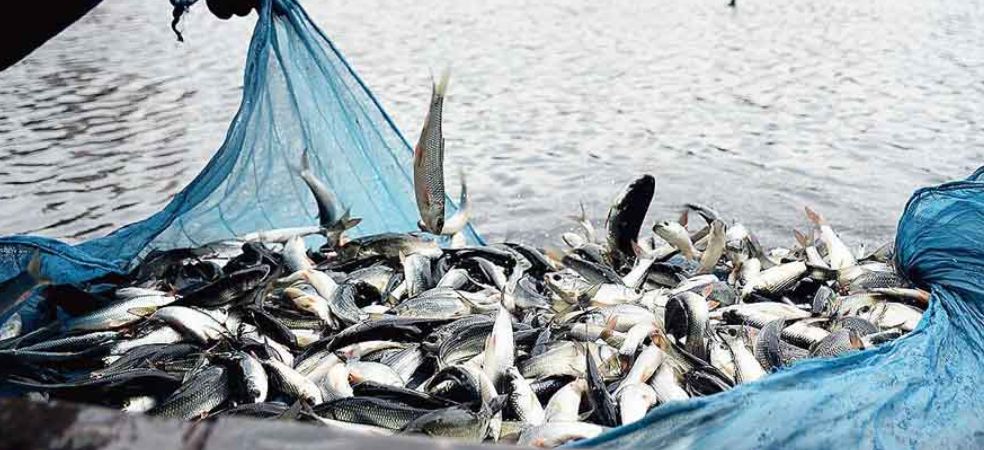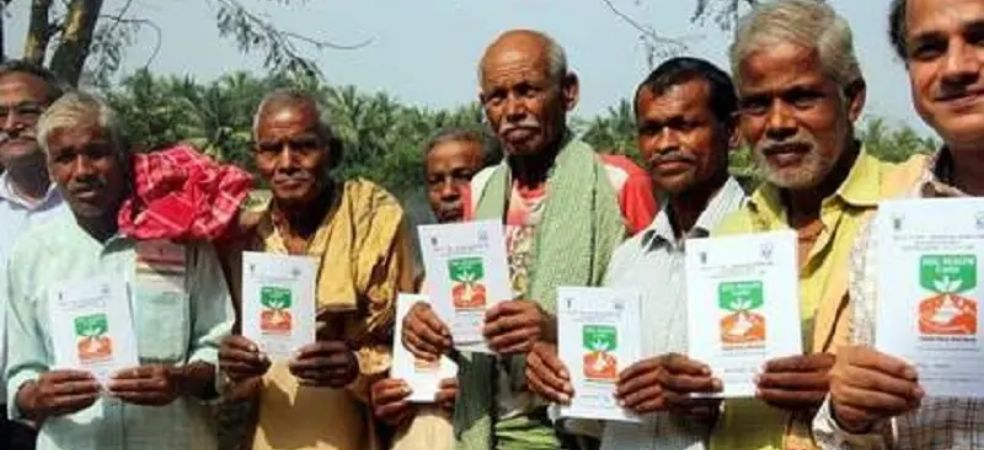What is the price of wheat in different mandis of Madhya Pradesh. Let’s see the complete list.
| Rates of Wheat in the mandis of Madhya Pradesh | ||||
| District | Market | Variety | Minimum Price (per quintal) | Maximum Price (per quintal) |
| Alirajpur | Alirajpur | Mill Quality | 2400 | 2400 |
| Chhatarpur | Badamalhera | Mill Quality | 2325 | 2325 |
| Rewa | Baikunthpur | Mill Quality | 2380 | 2400 |
| Raisen | Bareli | Mill Quality | 2550 | 2550 |
| Rajgarh | Biaora | Mill Quality | 2185 | 2460 |
| Shehdol | Budhar | Mill Quality | 2550 | 2550 |
| Rewa | Chaakghat | Mill Quality | 2400 | 2425 |
| Dindori | Gorakhpur | Mill Quality | 2100 | 2100 |
| Rewa | Hanumana | Mill Quality | 2300 | 2300 |
| Harda | Harda | Mill Quality | 2478 | 2680 |
| Khandwa | Harsood | Mill Quality | 2450 | 2500 |
| Indore | Indore | Lokwan | 2301 | 2501 |
| Tikamgarh | Jatara | Mill Quality | 2460 | 2480 |
| Katni | Katni | Mill Quality | 2370 | 2390 |
| Tikamgarh | Khargapur | Mill Quality | 2350 | 2401 |
| Mandla | Mandla | Mill Quality | 2200 | 2200 |
| Mandla | Mandla | Local | 2275 | 2275 |
| Satna | Mehar | Local | 2370 | 2390 |
| Tikamgarh | Niwadi | Mill Quality | 2380 | 2461 |
| Dhar | Rajgarh | Lokwan | 2490 | 2495 |
| Rewa | Rewa | Mill Quality | 2350 | 2350 |
| Sehore | Sehore | Lokwan | 2150 | 2630 |
| Hoshangabad | Semriharchand | Mill Quality | 2410 | 2425 |
| Sidhi | Sidhi | Mill Quality | 2270 | 2270 |
| Tikamgarh | Tikamgarh | Mill Quality | 2373 | 2400 |
Source: Agmarknet
ShareTo know the information related to agriculture and the latest market price, keep reading Gramophone articles. If you liked today’s information then do share it.









